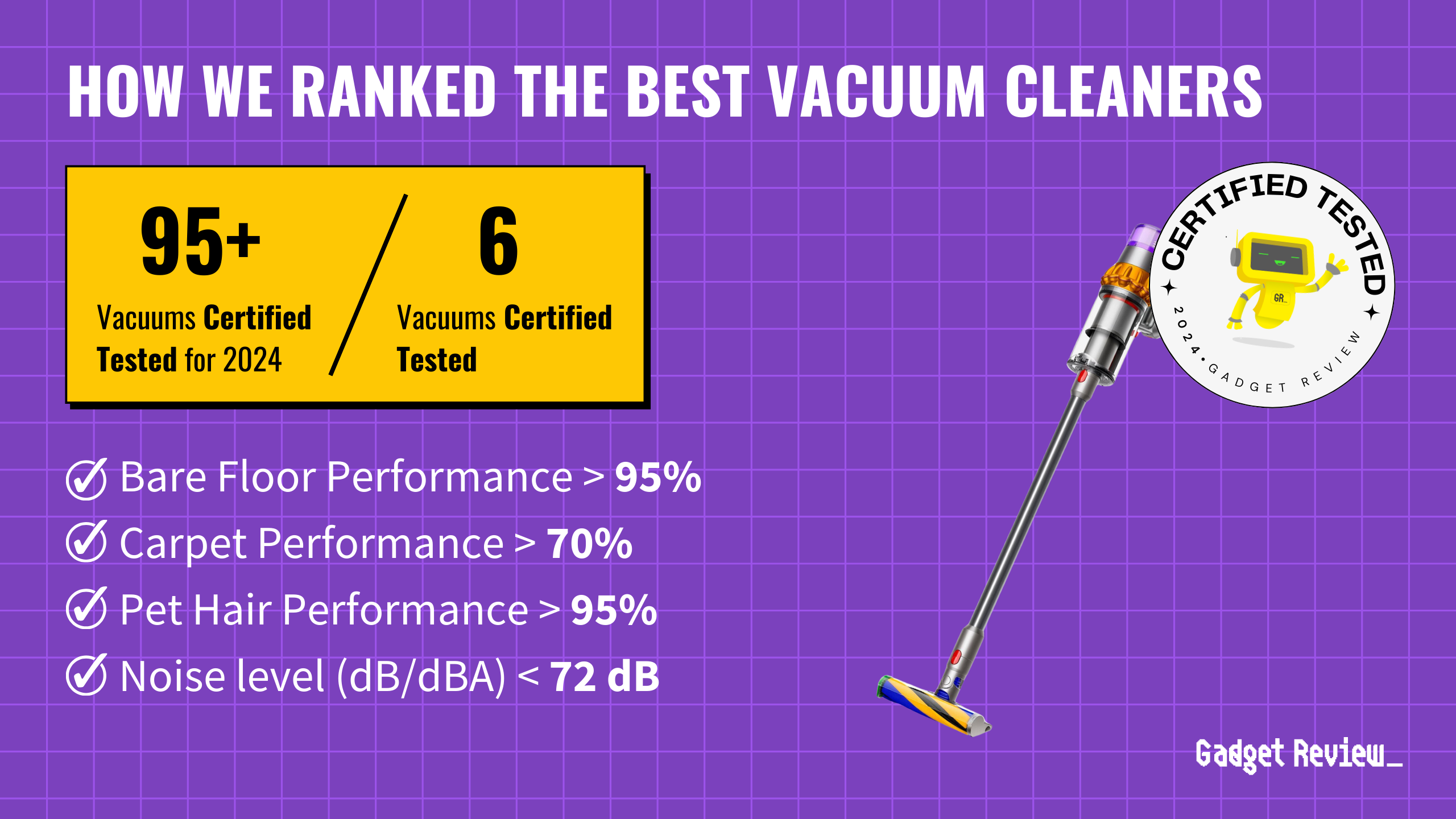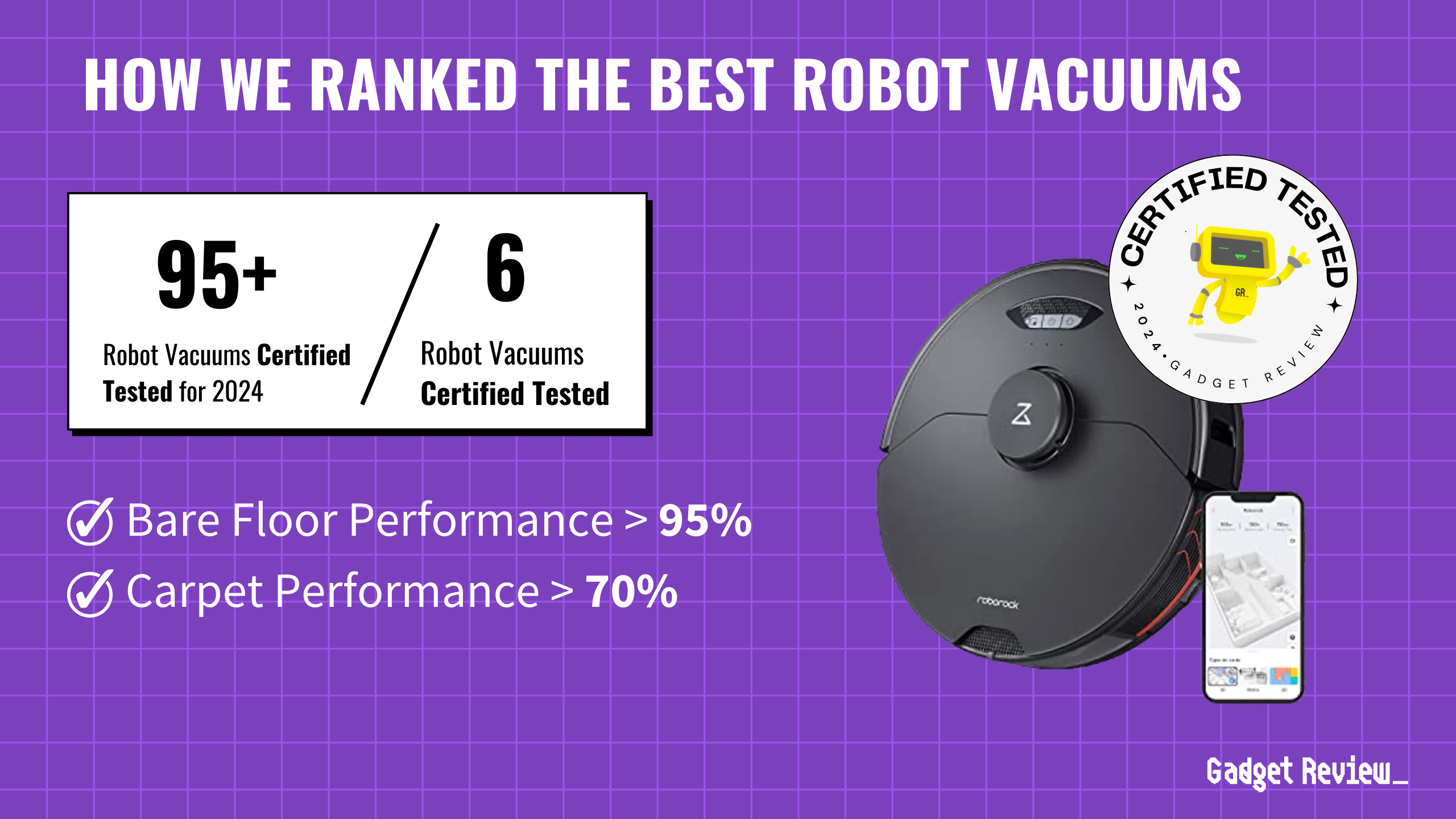Why it matters: SpiralWave has unveiled groundbreaking technology that converts carbon dioxide into methanol using pulsing plasma waves, achieving unprecedented efficiency rates of up to 90%. This innovation could revolutionize both carbon capture and clean fuel production while addressing climate change.
The Technology: Techcrunch reports that the system uses three precisely timed microwave pulses to create mesmerizing purple-tinged plasma waves that break down CO2 and water molecules before recombining them into methanol. This process significantly outperforms traditional methods, which typically achieve only 50% efficiency.
- Transforms CO2 directly from industrial emissions
- Produces usable fuel from greenhouse gases
Scaling Impact: SpiralWave’s technology ranges from the knee-high Nanobeam to plans for a 100-meter Gigabeam tower capable of removing one gigaton of CO2 annually. The company is currently deploying shipping container-sized units that could create the world’s largest e-methanol plant with just ten containers.
- Processes various CO2 concentrations
- Adapts to different deployment scenarios
Practical Applications: The resulting methanol serves multiple purposes, from powering race cars to producing jet fuel and industrial chemicals. The technology’s efficiency makes it particularly attractive for maritime shipping, which requires sustainable fuel alternatives.




















